DENA DALE CRAIN
|
Thinking again about Alison Sigethy's gorgeous Sea Cores exhibited in her gallery in the Torpedo Factory Art Center, let's talk about how best to capture such kinetic effects in patchwork quilting and why it is important to do so. The term "kinetic" refers to motion and the force and energy required to create it. The quilter's challenge is to incorporate a sense of motion when the materials we normally use present few opportunities to do that. However, as we see ourselves passing a mirror or any other reflective surface, we understand firsthand the phenomenon of motion. Psychology Today reports that it is important for us as human beings to see our own physical reflections. The report gives four solid reasons for this phenomenon as it urges us to take time to reflect upon ourselves:
Without detailing each of these four results of human interactivity, physical reflection gives patchwork quilt designers and makers a chance to incorporate movement into what would otherwise be a stable surface. Flashing lights, the movement of water or other substances, motion due to air currents: most of these and other such phenomena are not available to quilters due to technical difficulties. However, a single mirror, such as the one in the center of Bubbles III (encircled with two recycled glass rings), will catch and hold a passer-by's attention for several seconds. Possibly uncertain of the movement they saw while passing, viewers pause and focus on the quilt's center, seeking and finding their own reflection. Given enough time without disturbance, important glimpses of their faces in the quilt's center reward the viewers every time. Bubbles III is one of my most popular pieces. Generally speaking, any light-reflective surface will attract attention, even if it does not provide a specific image. There are many such reflective elements we can add to patchwork quilts:
These items can take many forms. Mirrors, for example, are available in various sizes and shapes, including circles, triangles, squares, and rectangles, and they can be sourced in a variety of sizes, even cut and shaped to our specifications. Sequins, beads, and crystals share light refraction from segmented surfaces. Basic light reflection without imagery occurs on any shiny metallic surface like that provided by metallic threads and paints, as well as many found objects. For my art piece, The Future is Now, a commissioned work produced for the Rockefeller Center offices in Kenya, I wanted to depict a stream of non-recyclable materials falling from the sky into the city of Nairobi. I used silver-colored silk and synthetic fabrics to define the landmark building towers of the downtown area. Then I embellished the quilt with recycled glass rings, sequins, glass and metal beads, a metallic mock-foil fabric, and even computer components! So, be creative in your use of reflective embellishments as you turn any patchwork quilt into a work of art. Seek unusual reflective objects that might be applied to a quilt and use them with careful thought to maximize the reflective effects. From Swarovski crystals to sea glass, from mirrors to metallic cords, from aluminum pop-top tabs to stainless steel kitchen implements, and from holographic ribbons to holiday foil wrappings, the list of reflective surface materials is long.
Keep purpose and safety uppermost in your mind, but experiment joyfully and thoroughly. After all, it's YOUR quilt!
0 Comments
I visited the Torpedo Factory Art Center in Old Town Alexandria, Virginia, last week. Traveling solo, I got to see everything I wanted to see, and because it was a Friday, traffic in-house was light. Clearly, most of the artists do not spend all their time in their galleries/shops, which tells me they are still obliged to be making/selling art elsewhere. Some need equipment they cannot store in the TFAA. For example, hand-weaver Heasoon Rhee reported a need to work on a second, much larger, heavier, and noisier jacquard loom at home. Other TFAA artists go out to shop for supplies, visit corporate clients, or need a day off. Nevertheless, there were enough actively working artists present to make my visit there well worthwhile. Photos are not generally, for obvious reasons, permitted within the Torpedo Factory. Instead of photos, I share with you here the names and links of the artists whose work impressed me most, along with a brief comment about why I liked what they are doing: There’s an art jeweler in my family, so I’m accustomed to seeing and appreciating beautiful workmanship with carefully selected gemstones, but I found the addition of finely-worked cloisonné added much to the pieces produced by Holly Hague. There’s always a risk of looking overdone, that is, too much cloisonné for the gemstone, but Holly’s jewelry, I thought, balanced the stones and the art of enameling well. What do you think? (Comments welcome below.) Along similar lines was the work of weaver/glassworker Ruth Gowell. I found Ruth’s work stunning and reminiscent of a time when I hoped to work with the Kitengela Glass Factory many years ago to combine patchwork quilting and glass. The possibilities are, of course, endless, but Ruth’s work is a nearly perfect combination of the two media. It’s often hard to tell, in her Glass & Fiber Wall Art, where fiber leaves off and glass begins. Ruth does quite remarkable work—and her craftsmanship is impeccable! I was generally disappointed in the fiber arts section of the Torpedo Factory because it was so small! One relatively tiny gallery held the works of multiple fiber artists, each of whom should probably have their own space—economics at work, I suppose. I was pleased, however, to see the work of artists whose names I know, like Cindy Grisdela and Eileen Doughty (an old friend from SAQA), as well as the kawandi technique expressed by Linda Warschoff. Now, we’re talking MY language! Funny, though—my impression was that at least some work was underpriced; you should get it at these low prices while you can! Photographer Irina Rosovsky’s interior landscapes impressed me because I know those places intimately from my own Spirit Works. Her images depict foggy landscapes with forms barely recognizable. There’s a consistency to the work on display that revealed the artist’s search through her mind. As for paintings, there was a wide range of styles and media, as we might expect in such a venue, but one artist whose work really stood out for me was Mina Oka Hanig. Mina is painting patchwork—and it’s gorgeous! Art quilter and Juried Artist Member of SAQA, Katie Pasquini-Masopust (not part of the Torpedo Factory) does something similar, but her work is very different. Although Katie has a background in painting, she seems to come at the work more from the quilting side, whereas Mina’s work seems to flow from the painterly angle. For me, it’s interesting that both artists find their voices with paint and patches. Other artists at the Torpedo Factory whose work I want to mention as noteworthy to my way of thinking include: Lesley Clarke for encaustic as well as other paintings Sally Veach for paintings Guido R. Zanni for fluid acrylics (if you like this kind of thing) Cindy Lowther for tapestry and other hand weavings Carol Takov for interesting stone mosaics Last, but certainly not least, I want to mention the kinetic glass art of Alison Sigethy whose work has to be seen to be appreciated. Okay, I know it’s reminiscent of lava lamps, but Alison’s pieces have so much more to say. Kinetic work of any kind draws us in like a magnet, whether it’s good or bad, but these seemingly underwater scenes of delicate glass imagery offer much, much more. The rich colors and delicate structures of glass forms within each Sea Core are mesmerizing. The photos on these and other Torpedo Factory artists’ websites do not do the work justice. If you are in the D.C. area with a few hours of time on your hands, don’t miss seeing the art up close and personal. If you have space in your home or office and a bit of loose cash to spend, you can easily go home a proud owner of one of these amazing artists’ works. Special Tip from Dena:Give your patchwork quilts added painterly and kinetic qualities with these special artists' materials: acrylic fabric paint, glittering crystal beads, and shiny, light-reflective metallic threads.
New video on my YouTube channel: Rachel Derstine and the many words of wisdom she shared with me yesterday over coffee in her Philadelphia home and studio are much on my mind today. Rachel is not only a highly skilled teacher and a remarkable fine artist, but she is also generous and kind. She easily shares her experiences and what she has learned from them. We talked about the difficulties of selling patchwork quilts as works of art. Rachel recommended The Art Storefronts Organization and The Academy for Virtual Teaching, as well as Global Quilt Connection. I'm definitely interested and will be investigating these and other sites in coming days and weeks. If you know of any other useful resources for quilters selling art, please leave a comment below.
Find out more about Rachel from her website, https://www.rachelderstinedesigns.com. |
AboutMostly, I post on Facebook to tell you about my travels and life experiences, point out people and things that I want to tell you about, and keep you updated on what's happening in my life as an art quilter. Archives
September 2023
Categories |
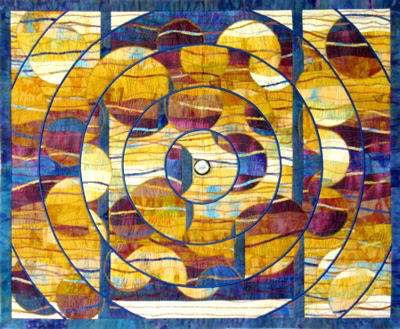
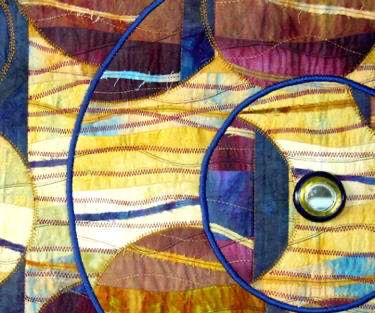

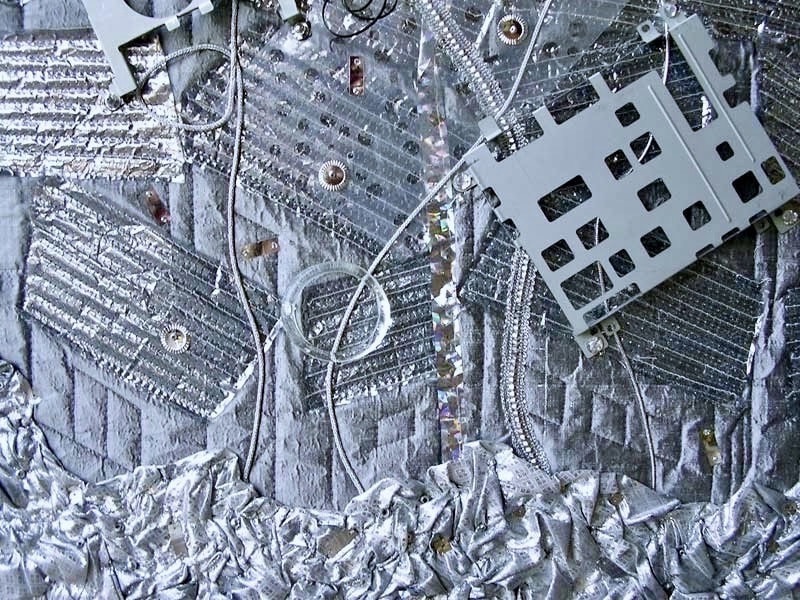
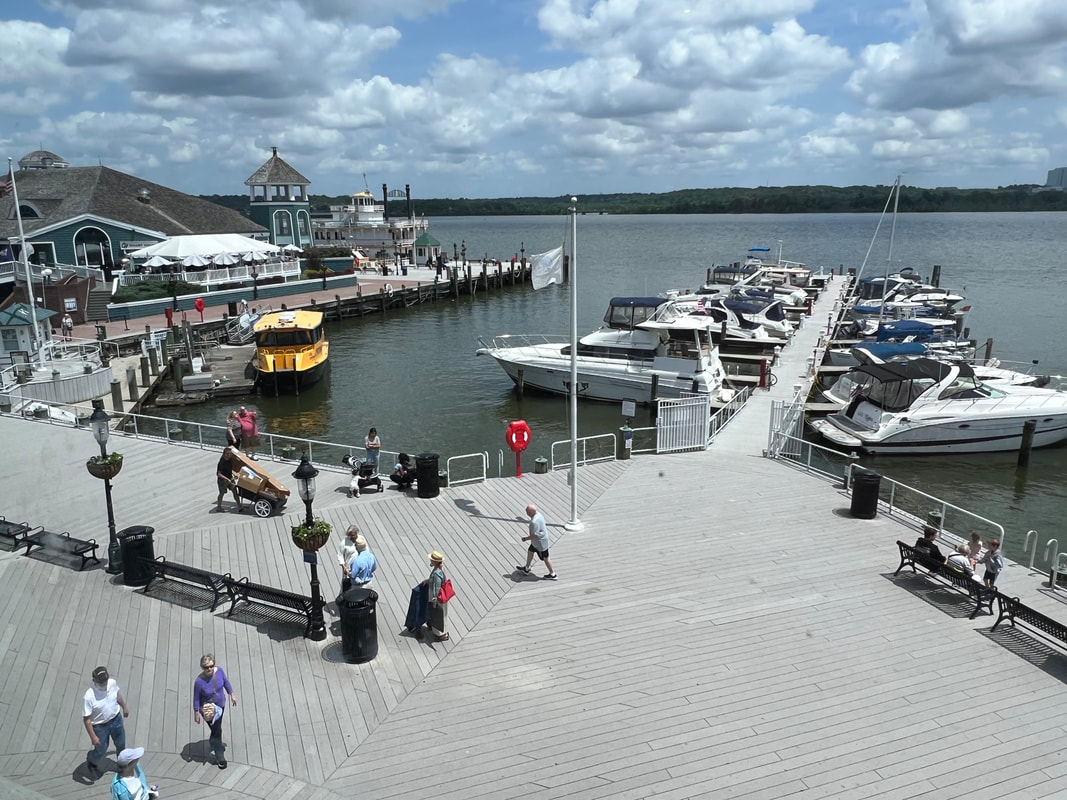
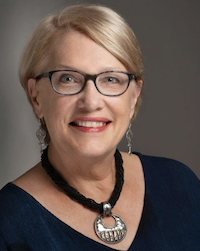
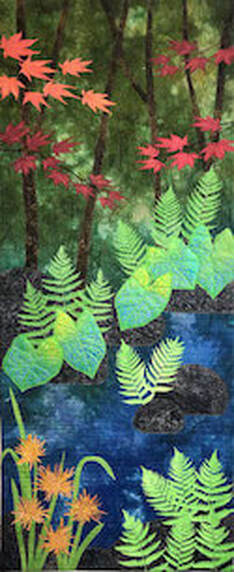
 RSS Feed
RSS Feed